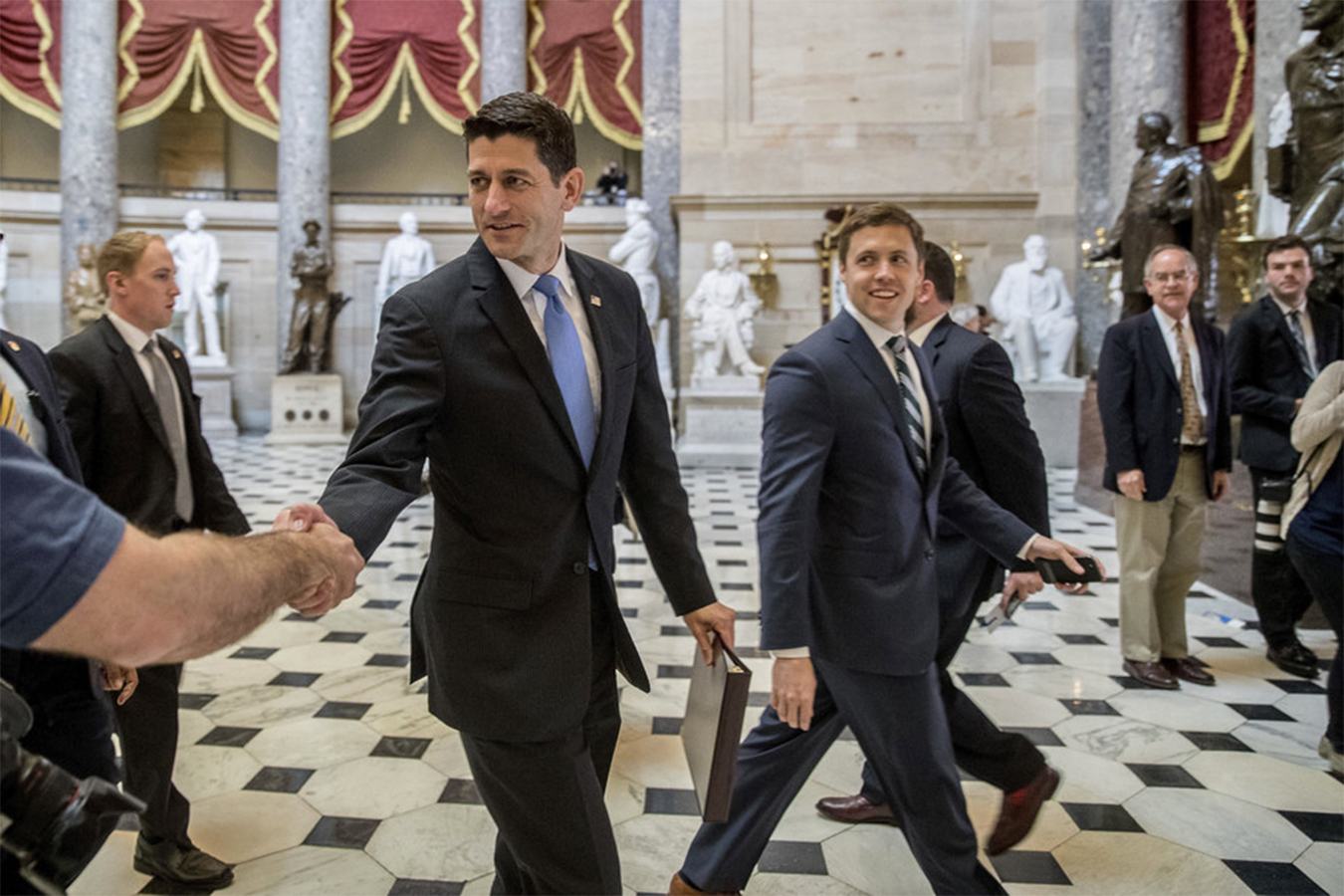The U.S. Department of Agriculture has quietly dropped a plan to start testing food for residues of glyphosate, the world’s most widely used weed killer and the key ingredient in Monsanto Co.’s branded Roundup herbicides.
(U.S. Right To Know – By Carey Gillam)
The agency spent the last year coordinating with the Environmental Protection Agency (EPA) and the Food and Drug Administration (FDA) in preparation to start testing samples of corn syrup for glyphosate residues on April 1, according to internal agency documents obtained through Freedom of Information Act requests. Documents show that at least since January 2016 into January of this year, the glyphosate testing plan was moving forward. But when asked about the plan this week, a USDA spokesman said no glyphosate residue testing would be done at all by USDA this year.
The USDA’s plan called for the collection and testing of 315 samples of corn syrup from around the United States from April through August, according to the documents. Researchers were also supposed to test for the AMPA metabolite, the documents state. AMPA (aminomethylphosphonic acid) is created as glyphosate breaks down. Measuring residues that include those from AMPA is important because AMPA is not a benign byproduct but carries its own set of safety concerns, scientists believe.
On Jan. 11, USDA’s Diana Haynes wrote to colleagues within USDA: “Based on recent conversations with EPA, we will begin testing corn syrup for glyphosate and its AMPA metabolite April 1, 2017 with collection ending August 31, 2017. This program change will need to be announced at the February PDP Conference Call.” Haynes is director of a USDA Agricultural Marketing Service division that annually conducts the Pesticide Data Program (PDP), which tests thousands of foods for hundreds of different pesticide residues.
The USDA spokesman, who did not want to be named, acknowledged there had been a glyphosate test plan but said that had recently changed: “The final decision for this year’s program plan, as a more efficient use of resources, is to sample and test honey which covers over 100 different pesticides.” Glyphosate residue testing requires a different methodology and will not be part of that screening in honey, he said.
The USDA does not routinely test for glyphosate as it does for other pesticides used in food production. But that stance has made the USDA the subject of criticism as controversy over glyphosate safety has mounted in recent years. The discussions of testing this year come as U.S. and European regulators are wrestling with cancer concerns about the chemical, and as Monsanto, which has made billions of dollars from its glyphosate-based herbicides, is being sued by hundreds of people who claim exposures to Roundup caused them or their loved ones to suffer from non-Hodgkin lymphoma. Internal Monsanto documents obtained by plaintiffs’ attorneys in those cases indicate that Monsanto may have manipulated research regulators relied on to garner favorable safety assessments, and last week, Congressman Ted Lieu called for a probe by the Department of Justice into Monsanto’s actions.
Along with the USDA, the Food and Drug Administration also annually tests thousands of food samples for pesticide residues. Both agencies have done so for decades as a means to ensure that traces of weed killers, insecticides, fungicides and other chemicals used in farming do not persist at unsafe levels in food products commonly eaten by American families. If they find residues above the “maximum residue level” (MRL) allowed for that pesticide and that food, the agencies are supposed to inform the EPA, and actions can be taken against the supplier. The EPA is the regulator charged with establishing MRLs, also called “tolerances,” for different types of pesticides in foods, and the agency coordinates with USDA and FDA on the pesticide testing programs.
But despite the fact that glyphosate use has surged in the last 20 years alongside the marketing of glyphosate-tolerant crops, both USDA and FDA have declined to test for glyphosate residues aside from one time in 2011 when the USDA tested 300 soybean samples for glyphosate and AMPA residues. At that time the agency found 271 samples contained glyphosate, but said the levels were under the MRL – low enough not to be worrisome. The Government Accountability Office took both agencies to task in 2014 for the failure to test regularly for glyphosate.
Europe and Canada are well ahead of the United States when it comes to glyphosate testing in food. In fact, the Canadian Food Inspection Agency (CFIA) is preparing to release its own findings from recent glyphosate testing. The CFIA also routinely skipped glyphosate in annual pesticide residue screening for years. But it began collecting data in 2015, moving to address concerns about the chemical that were highlighted when the World Health Organization’s International Agency for Research on Cancer (IARC) classified glyphosate as a probable human carcinogen in March 2015.
Canadian food activist and researcher Tony Mitra obtained more than 7,000 records from CFIA about its glyphosate testing last year, and claims that results are alarming, showing glyphosate pervasive in many foods. CFIA would not respond to requests for comment about its glyphosate testing.
One of the USDA’s explanation’s for not testing for glyphosate over the years has been cost – the agency has said that it is too expensive and inefficient to look for glyphosate residues in food headed for American dinner tables. And because glyphosate is considered so safe, testing would be a waste of time, the USDA has stated. That argument mimics Monsanto’s own – the company, which patented glyphosate in 1974 and has been a dominant provider of glyphosate ever since, says if the USDA did seek to test for glyphosate residues in food it would be a “misuse of valuable resources.”
FDA TESTS REMAIN IN LIMBO
The FDA began its own limited testing program for glyphosate residues – what it called a “special assignment” – last year. But the effort was fraught with controversy and internal difficulties and the program was suspended last fall. Before the suspension, one agency chemist found alarming levels of glyphosate in many samples of U.S. honey, levels that were technically illegal because there have been no allowable levels established for honey by the EPA. That revelation caused angst in the beekeeping industry and at least one large honey company was sued by consumer organizations over the glyphosate contamination. The same chemist also found glyphosate levels in many samples of oatmeal, including infant oat cereal. The FDA did not publicize those findings, but they were revealed in internal records obtained through a FOIA request.
Officially, the FDA was only looking for glyphosate residues in corn, soy, eggs and milk in last year’s testing assignment, though internal records discussed tests on sugar beets, popcorn, wheat and other foods or grains. Newly obtained FDA documents show the agency is engaged now in a “glyphosate collaboration” designed to validate the testing methodology to be used by multiple FDA laboratories.
“Once the first phase of this collaboration is completed and approved by quality control reviewers, the special assignment can be restarted,” said FDA spokeswoman Megan McSeveney.
CropLife America, an industry organization that represents the interests of Monsanto and other agrichemical companies, keeps a close eye on the government’s pesticide residue testing. Last year the organization sought to diffuse potential legal problems related to glyphosate and other pesticides in honey by asking EPA to set a blanket tolerance that would cover inadvertent contamination of honey by pesticides. Records show regulators have found 26 different pesticides in honey samples in past tests.
CropLife also has complained to USDA that data from its testing program is used by proponents of organic agriculture to promote organics over conventional foods. The group last year sent USDA a series of questions about its testing, and asked USDA: “What can we do to assist you in fighting these scaremongering tactics?”
The USDA’s most recent published report on pesticide residues in food found that for 2015 testing, only 15 percent of the 10,187 samples tested were free from any detectable pesticide residues. That’s a marked difference from 2014, when the USDA found that over 41 percent of samples were “clean” or showed no detectable pesticide residues. But the agency said the important point was that most of the samples, over 99 percent, had residues below the EPA’s established tolerances and are at levels that “do not pose risk to consumers’ health and are safe.”
Many scientists take issue with using MRLs as a standard associated with safety, arguing they are based on pesticide industry data and rely on flawed analyses. Much more research is needed to understand the impact on human health of chronic dietary exposures to pesticides, many say.
(First appeared in The Huffington Post.)



